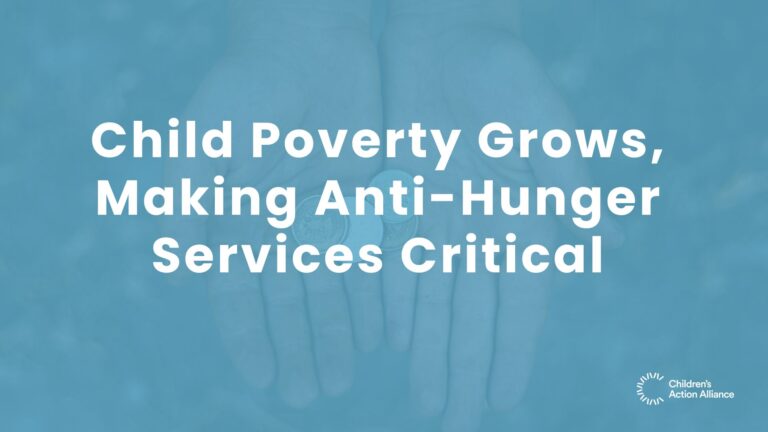
Arizona poised to end seizure of benefits owed to foster children
Arizona is one of a growing number of states considering proposals to prohibit child welfare agencies from seizing foster children’s federal benefits. Nationwide and in Arizona, roughly 5% of all children and youth in foster care qualify for Social Security Administration disability and survivor benefits. They qualify for these benefits because they are disabled or have lost their parents. But most foster children never see these benefits, or even know that are receiving them. That is because the Arizona Department of Child Safety (DCS) intercepts the funds and applies them to the costs of the child’s own foster care. This longstanding practice, known as “benefits mining,” has come under scrutiny following a 2021 investigation by the Marshall Project and National Public Radio. The investigation estimated that in 2018 alone, child welfare agencies across the US seized $165 million dollars owed to foster children and used the money to pay for the costs of their foster care placements. During the 2022 Arizona State Fiscal year, DCS seized an average of $764 a month from nearly 700 foster children, totaling $6.25M in revenue.
Legislation to end Arizona’s practice of "benefits mining" is currently working its way through the state legislature. House Bill 2559 (Montenegro) will prevent DCS from using children’s federal benefits to pay for the cost of their own care while in DCS custody and require that the benefits be accounted for, protected, and saved for the children’s own use when they exit foster care. The fate of HB 2559 will depend on whether it survives state budget negotiations as a General Fund appropriation will be needed to make up the dollars that DCS will lose.
While the funds DCS “mines” from foster children represents just a tiny fraction of the agency’s budget, for a child who has experienced foster care they represent the ability to pay for college, a car, a house, or even food and other necessities. For a young adult who may not have another safety net after aging out of care, these funds can be the difference between surviving and thriving.
Learn More
- Check out CAA’s HB 2559 Factsheet
- Read the investigation by The Marshall Project and NPR



